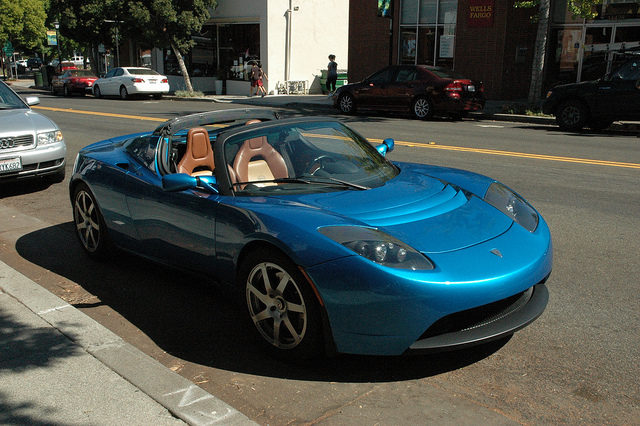Mission: To promote driving less so all may live more.
The Clash Between Nature and Technology
This post could be called “Roadkill,” a word firmly established in the tradition of automobiles and pickup trucks triumphing over nature, inadvertently (one hopes). The unnecessary death of animals has a staggering incidence—those creatures being unable to litigate for themselves or their relatives.
Kudos to my friend Anton O., who frequently would pick up fresh roadkill (resulting from other drivers) and take it home for dinner. He had a keen sense of what qualified as “fresh.” Kudos to his wife, Anne, for marrying him.
Most of us have personal stories of this sort. Once as I was driving down Sugarloaf Road, knowing I was speeding, I hit a squirrel, no doubt killing it and leaving me with speeder’s guilt. While that might sound trivial, it was anything but to the squirrel. Multiply that story by the millions (of yearly small-animal collisions) and you have the beginning of a bloody saga. Larger animals leave a greater physical and mental impact.
Driving on the Boulder turnpike one morning, I hit a coyote while going 65 mph, five miles over the speed limit. The coyote had made it across two lanes of southbound traffic and one lane of northbound traffic already. Perhaps if I had been going the speed limit, things would have gone better. In this case, the coyote may have lived (I don’t know because stopping would have created an accident). The coyote hit the low, angular hood of my Honda Accord, so that it was tossed in the air, off the highway, badly shaken at best.
None of us wants to get hit by a car, but if I had to choose, it would definitely be a low-hooded, sporty car, pretty much the opposite of all the SUVs and pickup trucks out there. While I’m no armadillo, I can imagine jumping up a few feet in order to stay on top of the car and not beneath it.

Armadillos,[1] when in danger, do jump vertically a few feet in the air—just high enough to be squarely hit by oncoming cars and trucks…except perhaps the occasional sports car. Their instincts for survival doom them wherever highways encroach upon their habitat.
Migratory patterns put animals at risk en masse. A childhood friend described his family’s trip to the east coast. At night, they happened upon a mass turtle crossing during hatching season. Thousands of crushed turtles paved the road. Hundreds more as their car progressed. Later I learned that the turtles mistake the distant car headlights for the moonlight and instinctively hustle to their death.
I ran over a hoard of locusts who for some reason had swarmed the highway between two wheat fields. Of all the animals listed in this post, these are perhaps the most insensate. It was hardly avoidable, yet it was a horrible experience for me, and some kind of pain, no matter how brief, must have been felt as they were mowed down.
It’s The Itchy & Scratchy Show in terms of bloodshed on the highways, all day and all night. Over a million animals are killed a day.[2] And I don’t think even Bart is giggling anymore.
Help is On Its Way
Some help, at least, is on its way. We can, of course, build fewer highways and roads—not a solution likely to catch on until natural resources become so scarce that societies grow desperate for solutions. And, of course, we can all drive more carefully. But in the case of migratory pathways, that hardly helps.
There’s a growing solution, nevertheless. More and more animal fences, bridges and tunnels are being built.
As a local example, in Aurora, Colorado a 5-mile section of E-470 runs right through a stationary deer herd area. After building fences (to prevent deer from wandering onto the interstate loop) and building escape ramps (to give them a way out if they do get on the road), the management company has reduced over 80% of the deaths.[3]
Not unusually, Europe and Canada may be a bit more progressive than the United States in this matter.[4] In the article just footnoted the author states that, outside of bears (50/50) and mountain lions (who like a low profile), the majority of animals prefer bridges over tunnels, albeit a more costly solution. Crabs, it turns out, do well with bridges:

Below are a couple of web pages (linked to and, depending on your browser, also embedded): the first shows twelve animal bridges, the second the article on the crab bridge in Australia.
- https://twistedsifter.com/2012/07/animal-bridges-around-the-world/
- https://www.abc.net.au/news/2015-12-09/bridge-helps-migrating-christmas-island-crabs-avoid-traffic/7014406
(Click here for 12 beautiful photos of animal bridges (when their server is working…seems intermittent).)
(Click here for the web page on the Australian bridge for crabs!)
____Footnotes____
[1] The 3 to 4 foot jump is mentioned in the second paragraph of this article: https://mdc.mo.gov/conmag/1997/03/armadillos.
[2] From an article that also explains some of the requirements for protecting animals from cars (fences, bridges, and tunnels): https://wp.natsci.colostate.edu/findingporpoise/wildlife-corridors-a-solution-to-ending-roadkill/.
[3] Thanks to our reader Sandy R. for this fact. See https://www.denverpost.com/2015/02/03/deer-fence-cuts-crashes-on-stretch-of-colorado-toll-road/ and, for more details, https://www.sentinelcolorado.com/news/road-scholars-e-470-nearly-end-deer-crashes-fence-designs/.
[4] This wonderful article, “Animals Need Infrastructure Too,” provides informative text along with photos of many bridges, including the Australian crab bridge. The article states, “The earliest recorded man-made animal bridge was erected in France in the 1950s to help hunters guide deer. Since then, wildlife-crossing designs have spread worldwide, especially across Europe. Over 600 of the crossings are in the Netherlands, where they carry badgers, bison, and elk.” https://www.citylab.com/life/2018/07/wildlife-crossings-bridges-tunnels-animals-roads-highways-roadkill/566210/.
